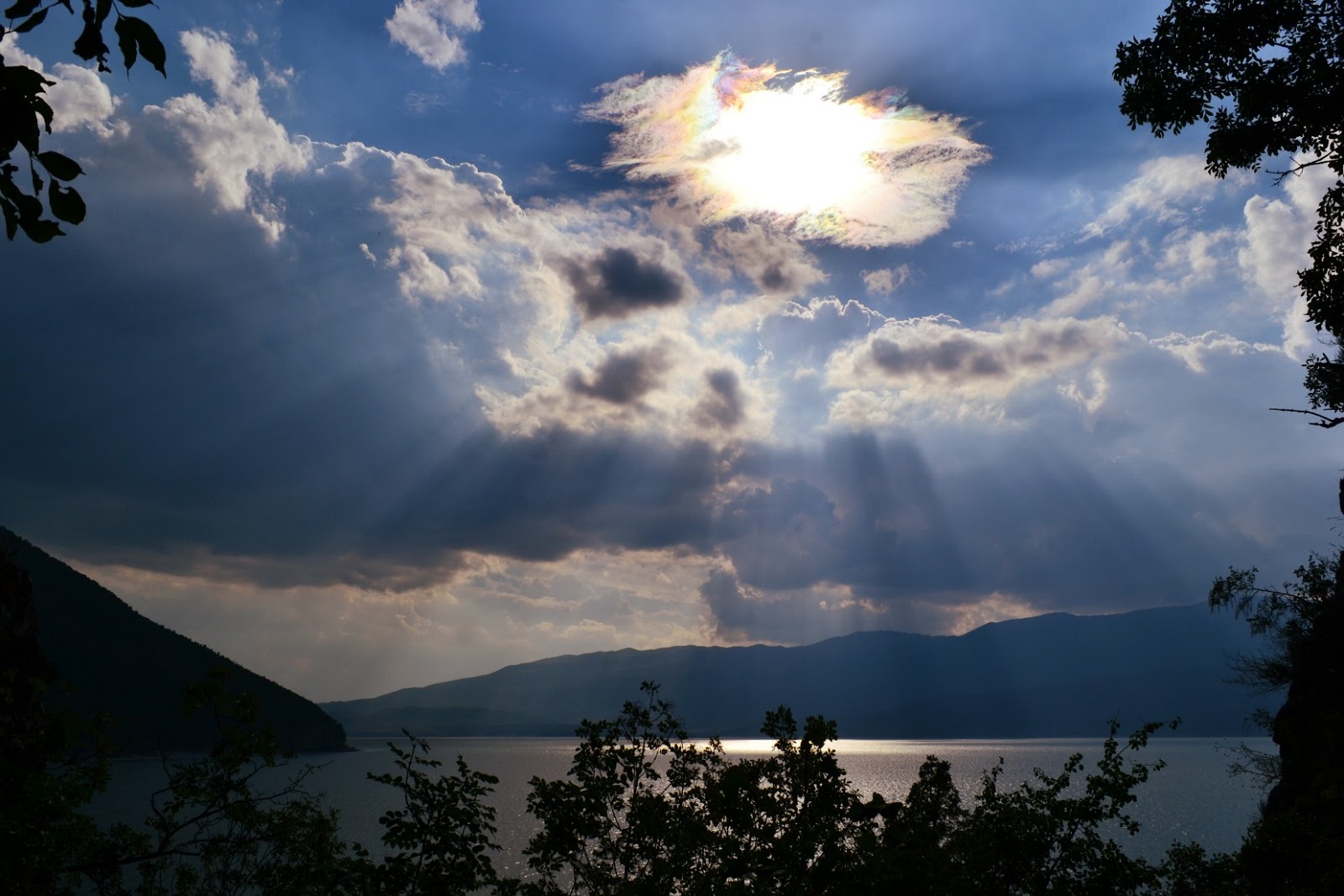Part 3 of the Roadtrip 2016 series
August 20, 2016. We call Kastoria our base for 2 days, from where we are determined to excurse to all the places of interest nearby. After drinking coffee on a romantic terrace overlooking the Lake of Kastoria, we pack our cameras and get in the car. Our first stop is the remote village of Melas and the house in which Pavlos Melas, a renowned Greek hero of the Balkan Wars was shot dead.
The village is not on our itinerary, we aren't even aware of its existence. But a sign on the road informs us about the Museum of Pavlos Melas and my dad, a history afficionado and military, is so moved that we decide to make a detour.
Driving through crambling villages which are not even marked on the map we finally reach our destination. If there weren't any signs on the street informing us that this is indeed the place that Pavlos Melas was shot dead we would have never known.
As we open the front gate we notice that there is no one guarding the place. We head up the stairs and marvel at a collection of words of admiration and honor to the hero. In between them we see a scrap of paper on which the phone of the guard and guide of the museum is written. We call him and in exactly five minutes a young man appears, apologizing for the unavailability of his father to assist us (his father is the official guard of the place) and telling us that he is the one who will show us around. He then displays a string of keys and opens the old wooden doors. Unfortunately I was so smitten by his narration of the events that I did not take any pictures of the interior (you can watch some related video footage
here from 2.15-2.25).



For your information in the above picture you can clearly see the spot where Melas was shot dead by the Turks. It is the last wooden column on the left. He was recognized by his white socks and thought to be one of his fellow combatants but in reality, he was their own leader.
Moving forward, after this small detour we continue our drive to the Prespa Lakes. These lakes, the Small and the Big Prespa are located in the northern border of Greece. Big Prespa extends between Greece, Albania and FYROM Macedonia. The northest Greek village that has access to the Big lake is called Psarades (Fishermen). This is where we stop for lunch and relaxation. On our way to the taverna a well-off and kind little man wearing a captain's hat approaches us and informs us that he is offering tours around the various hidden spots of the lake. My father always wanted to do that so he tells him that we will come to him after we finish our lunch. Mr. Lazaros kindly agrees.
When we are done he takes us to his little boat bound on the deck. He is all smiles and has a lot of fun helping us get on board and starting the engine.
So we commence. At first, Mr. Lazaros shows us a mosaic carved high on a rock on our left. It is dated back at the Byzantine times and pictures the Holy Mother. As we move on, a couple of other mosaics appear, almost hidded from the naked eye. All around us, cormorants and pelicans doze quietly on the water. On our left and right we can see the ridges of the mountains of Albania and FYROM, the so-called Tri-Ethnic.
The first stop of our boat trip is the hermitage of the Little Ascension. Mr. Lazaros infroms us bitterly that he was the one who rebuilt the roof of the little church after a devastating winter. Then the Greek Goverment refused to pay him because he was of Albanian descent.
He then helps us to descend from the boat and take the long way up the hermitage. There are 90 steps in total but the ascend is difficult. As we reach the peak we can't help but feel amazed by that little rock construction which served us a resting place for the ascetics.
Plus, the view is simply mesmerizing.
The way down is easy. We get back on board and head to the next hidden hermitage, this time that of Panagia Eleousa. This one is located inside a grand rock cave and is not visible from the outside. The rugged steps lead to an unbelievable discovery. It is hard to imagine that there were faithful who wanted to leave everything behid, climb to that inaccessible rock and build a hideaway for praying. Following on their footsteps we too climbed to the same spot. The fatigue was so worth it!
The brown, and green, and blue of the are blinding. It is hard to imagine that a place like that exists, on the northern edge of Greece.
When the tour is over, we thank Mr. Lazaros for the service. He smiles and waves and bids us good bye, without accepting our tipping. I am so grateful for this unexpected experience. But, aren't these of the best kind?
-Niki












































